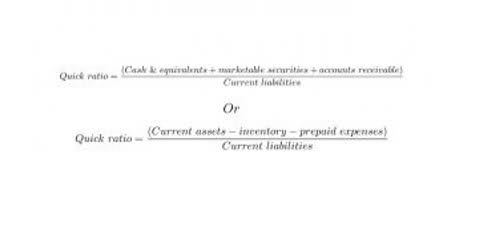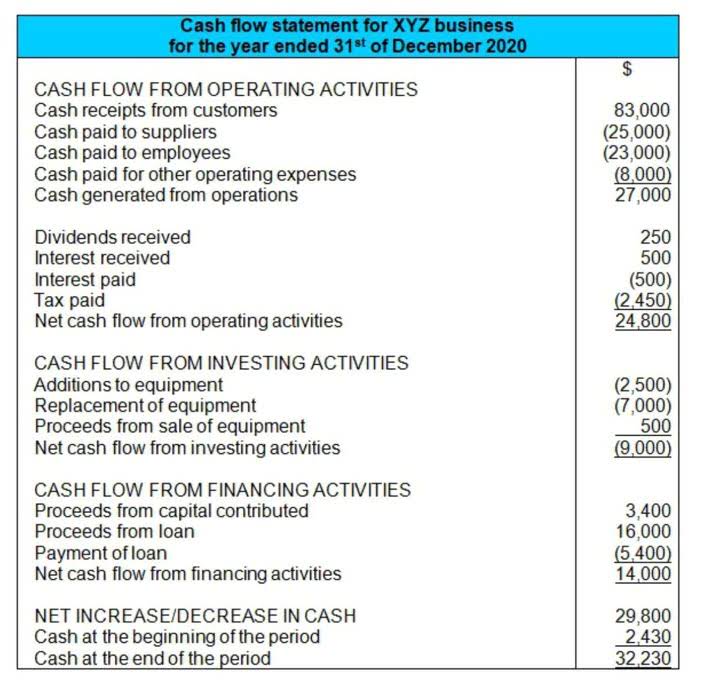
This verification may not provide a full accounting audit; it should be emphasized. Verification might fall short of offering a thorough audit of the accounting. The following are the insights we can get from TB, representing the company’s financial health. Adjusted, unadjusted, and pre-closing are alternative Working Trial Balance (WTB) names.
What adjustments do accountants make?
Now a new period begins, and the accounting department returns to the first step of collecting and analyzing transactions. Double-entry bookkeeping is an accounting system that dates back to 13th Century Italy. The system uses checks and balances to ensure transactions are all accounted for, and to detect errors right away. Trial balances sum debits and credits, providing internal safe-checks and auditing bookkeeping practices.
- Finally, after the period has been closed, the report is called the post-closing trial balance.
- A balance sheet helps the user quickly get a handle on the financial strength and capabilities of the business along with its weaknesses.
- This is simply a list of all the account balances straight out of the accounting system.
- The creation of the financial statements mark the end of the given financial cycle.
- The report is helpful to accountants and auditors at the end of the year to see a complete picture of the company in one place.
Ready to improve payables and business spend?
- They offer additional context and understanding of the accounts listed.
- It’s good to reference a current trial balance with previous reports, as this helps a company identify transactions or entries that have been overlooked.
- This type of error can only be found by going through the trial balance sheet account by account.
- The trial balance is prepared after posting all financial transactions to the journals and summarizing them on the ledger statements.
- While this alone cannot confirm that all entries have been entered correctly, it’s a good sign that your accounts are accurate.
A trial balance is so called because it provides a test of a fundamental aspect of a set of books, but is not a full audit of them. The company deducts the money received from returns on purchases from the total amount spent. Therefore, returns outwards are recorded as a credit balance on the trial balance.
- Should the tax office find any inconsistencies, it may consider the accounting to be incorrect and subsequently cast doubt on all your annual financial statements.
- These accounts are organised into two columns, one showing debit balances and the other showing credit balances.
- To complete the switch, run the trial balance from the old software and enter the figures as the opening balances in the new software.
- Although companies also prepare a cash flow statement for cash flow management purposes and financial reporting, line items in the cash flow statement aren’t included in the trial balance.
- This is why bookkeepers and accountants use trial balances to verify the recorded data’s integrity carefully.
What Are the Methods of Preparing Trial Balance?

A balance sheet records not only the closing balances of accounts within a company but also the assets, liabilities, and equity of the company. It is usually released to the public, rather than just being used internally, and requires the signature of an auditor to be regarded as trustworthy. The term ‘https://www.bookstime.com/‘ is derived from the perspective that it acts as a test for fundamental entries in the bookkeeping but does not perform a full audit. It is the first step in checking or auditing business finances as it helps accountants to be sure that no mathematical error happens before proceeding with other complex financial statements. Bookkeepers or accountants will prepare a trial balance before issuing formal financial statements. Business owners can also use them as a summary of account performance during an accounting period.
Undetectable Errors in a Trial Balance
This step entails taking the entries for each sub-account and posting them into the general ledger, which encompasses all of the accounts. For someone unfamiliar with accounting terms and systems, this explanation of trial balance may not make a whole lot of sense. Before looking at an example of a trial balance, let’s first clarify some key terms.

The other line items and amounts simply relate to totals and derived amounts within the statements. For example, an entry in which the debit and credit should both have been $100 is instead entered as $1,000 to both the debit and credit accounts. This means that the entry is balanced, and so would not be spotted via a trial balance review – and yet is still incorrect. This means that findings in the inventory list are included in the balance sheet, but not the complete inventory list. While it is imperative that you specify all items individually when listing assets and liabilities, you can merge many line items in the balance sheet. The trial balance is a complete list of assets and liabilities that are part of the company on the balance sheet date.
A key objective of preparing a trial balance is to summarise the financial transactions while continuing with the business activities. It helps the business management to make necessary decisions regarding changes in the finances and business activities. Post the total amount into either the debit or the credit column, depending on if the account is an asset, liability, equity or expense. A balance sheet, on the other hand, lists the assets, liabilities and equities for a single point in time.
Post Adjusting Entries

However, it is commonly prepared at the end of the financial year to ensure the accuracy of the books of accounts. They offer additional context and understanding of the trial balance accounts listed. Account descriptions help users recognize the type of account (e.g., asset, liability, revenue, expense) and its role in the financial statements.
A frazzled owner who burns the candle at both ends may deliver a fantastic product, but run things amok on the financial end of things. Once a business has an empty cash register and negative balances on its bank statements, it has no choice but to shut the door for good. Selecting the best time to transition to new software is crucial for a smooth process; the end of the year serves as an ideal period. This timing allows businesses to switch, ensuring minimal disruption to operations and providing an opportunity to start the new year with a new system.
Everything You Need To Master Financial Statement Modeling
This trial balance is called an unadjusted trial balance (since adjustments are not yet included). The trial balance report lists all balance sheet and income statement summary accounts with account numbers and descriptions. The trial balance also shows related debit or credit balance amounts for the balance sheet accounts or income statement account totals by debit or credit. This has several parts, including account numbers, account descriptions, debit and credit columns, debit and credit amounts, dates for the reporting period, adjusting entries, and total debits and credits. In a trial balance, each general ledger account is listed with the account number, account name description, debit amount in the Debit column, and credit amount in the Credit column.
